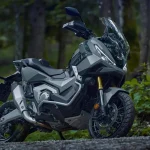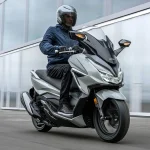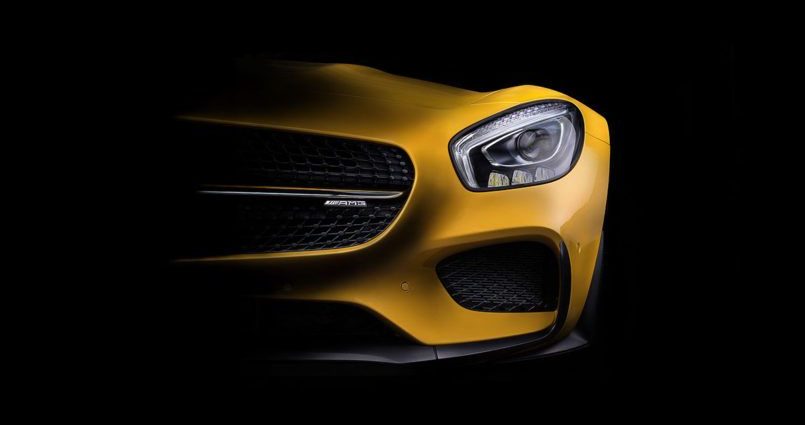Car photography is an extremely competitive field that demands both technical and creative ability. Establishing your own distinctive and recognisable style will enable you to rise above the competition and build an impressive portfolio of automotive images.
Utilize compositional guidelines like the rule of thirds and leading lines to create visually appealing and balanced images. Pay particular attention to details like making sure mirrors and panels are symmetrical without clutter.
Developing a Unique Style
Car photography requires an in-depth knowledge of automotive aesthetics and an exceptional eye for detail, along with technical ability. Intricate and intricate design elements must be captured close up using specialty lenses and advanced lighting setups.
To capture all of a vehicle’s distinctive features, shoot from different vantage points and angles. Shooting from behind or from the side may help highlight different details and textures on its body; wide-angle shots may show its spaciousness better while close-ups highlight specific details of interest.
Mastering car photography takes time, practice and patience. Start by attending car shows and industry events to network with professionals from both the automotive and photography industries – this could open doors to opportunities, collaborations or learning experiences! Additionally, create an impressive portfolio that highlights your skills and talent in car photography.
Choosing the Right Location
Cars are the stars of any photography session, so finding a location that showcases them properly is vital. Wide shots provide the ideal way to introduce viewers to the vehicle while close-ups allow you to highlight all its details and what makes each car truly individual. Good backgrounds are essential too as distracting objects or colors could mar the visual narrative you are trying to tell with your photos.
When selecting your location, seek out images with striking angles and vantage points that will make your images pop. Keep photo composition principles such as the rule of thirds and symmetry in mind for optimal composition; experiment with various angles of your vehicle as well as cropped shots to emphasize more features; for instance a Jeep may look great on rugged terrain (within safety limits) while it might look even better against an impressive brick wall or industrial building.
Capturing the Perfect Shot
One of the key challenges in car photography is taking that perfect shot. While this may prove challenging, with practice it is possible to achieve stunning results that surpass all expectations.
Start off by learning the fundamentals, like getting familiar with your equipment and understanding its functionality. Soon enough, you will start mastering more advanced techniques, such as panning to create motion blur effects.
Location selection is also key in creating the ideal photograph. Consider finding a scene that complements your vehicle’s character while creating an intriguing story to captivate an audience’s imagination. Avoid overcrowded or distracting backgrounds, which will divert viewer attention away from its subject – for instance a dustbin, sign, or passing car can detract from an otherwise captivating photograph. Try shooting from low angles or from above; getting low can make your automobiles appear larger than life!
Post-Processing Your Images
Car photography is an enthralling art that requires both technical mastery and artistic vision. By exploring various angles, lighting and composition techniques you can produce captivating photos that capture the essence of your subject matter.
When photographing cars, be sure to make use of negative space to your advantage. This technique emphasizes the space around your subject, making them appear more powerful and imposing. Furthermore, use a wide-angle lens in order to capture all its details.
Be sure to remove any blemishes from the vehicle prior to taking pictures, in order to create an image as clear and crisp as possible. This will ensure the final product will stand the test of time.
Make sure to utilize a polarizing filter in order to minimize reflections from the car surface and enhance its colors, and perhaps a neutral density filter in bright conditions for exposure control. Make sure to experiment with various settings until you find one that complements your style while invoking desired emotions in your audience.











